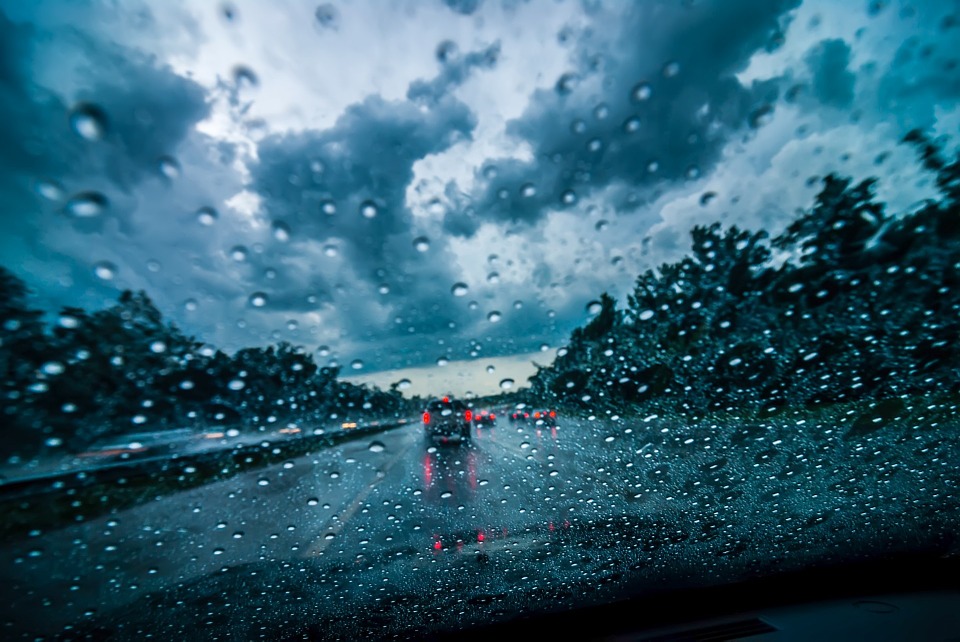If driving in normal conditions is a risky activity in itself, the risks are multiplied in inclement weather. Road conditions are always more hazardous and potentially dangerous in rain, snow or even heavy wind. In fact, wet weather conditions lead to an average of 950,000 automobile accidents, resulting in around 384,000 injuries and 4,700 deaths, each year. To help you and your family avoid the potential of becoming one of those unfortunate statistics (not to mention needing to hire a car accident lawyer), this guide is designed to explain some of the most practical and important safe driving techniques for wet and rainy conditions.
Keep your tires properly inflated
The first steps to safe driving always begin with your vehicle itself, and maintaining proper equipment may be the difference between a safe journey and a potential accident. You should always maintain properly inflated tires and check tire pressure at least once a month, and this can be even more critical in wet weather conditions. As your tires are literally where the rubber meets the road, they can be the most important aspect of all safe driving.
Maintain effective tire tread
Especially for rainy conditions, tire tread can be a crucial aspect of an automobile. Although you are not expected to maintain brand news tires at all time, they should still retain the majority of their tread to ensure safe travel. One way to test the tread is by inserting a penny, upside-down and with Abraham Lincoln facing you, into the tread of the tire. If you can see all of Honest Abe’s head, it is time to replace your tires.
Use headlights and windshield wipers
Properly functioning headlights and wiper blades can be just as important for visibility in inclement weather. Your blades should clearly remove all water from the glass with one stroke, without streaking. As for headlights, they should always be on when visibility is low or if there is any rain whatsoever.

Pay attention
This may seem like the most basic tip of all, but most people drive out of habit, almost subconsciously or instinctively. We are on the road every day, multiple times per day, and it can be hard not to allow your habits to kick in much of the time. However, when the weather is bad, you have to actively think about every driving maneuver you make to ensure a safe trip. In addition, you should also avoid any unnecessary distractions like loud music, phone calls and certainly texts or emails.
Avoid cruise control
Whereas cruise control can be an effective tool in normal conditions, it should be avoided in the rain. Ironically enough, the use of cruise control can actually make your vehicle more difficult to control when the roads are wet, and the risk of hydroplaning is increased when it is engaged. This also goes back to the earlier tip of actively thinking about every maneuver and action, including your speed, when driving in hazardous conditions.
Drive slowly
Speed limits are intended for normal, safe driving conditions. This means that you should always drive more slowly in the rain, at night or in any other conditions that can be potentially more dangerous.
Although some of these things may seem relatively obvious, most safe driving strategies generally are. Maintaining proper equipment, actively thinking about driving, avoiding cruise control and driving more slowly than usual can help ensure you have a safe trip when the weather is rough.

